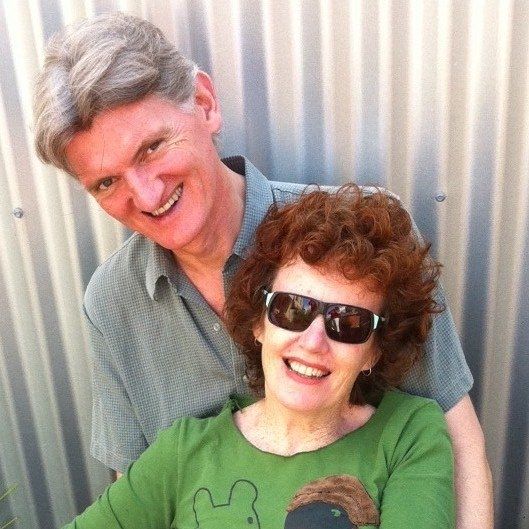An officious French police chief, an unsung Ukrainian hero, a native of Dover shining a light into the gloom. It’s the people we meet that make this journey so fascinating.
After the lightness and brightness of the Kent countryside, Dover strikes us as dour and down at heel. Even its young people seem world-weary and bereft of joy. But then, over a glass of excellent English white wine, our waiter, a native of Dover, tells us of his boyhood roaming the chalk hills and exploring the tunnels under Dover Castle. The wildness of it, the depth of its history and the rhythm of a port town with people constantly on the move is what makes Dover sing for him.
At border control in Dover, an officious French police chief upends our plan to ride our hastily acquired BMX onto the ferry. He argues that two people on one bicycle, one pedalling and the other standing on the back foot pegs, is not only dangerous but absolutely forbidden. We plead our case but he threatens to arrest us if we don’t desist.
Read More














